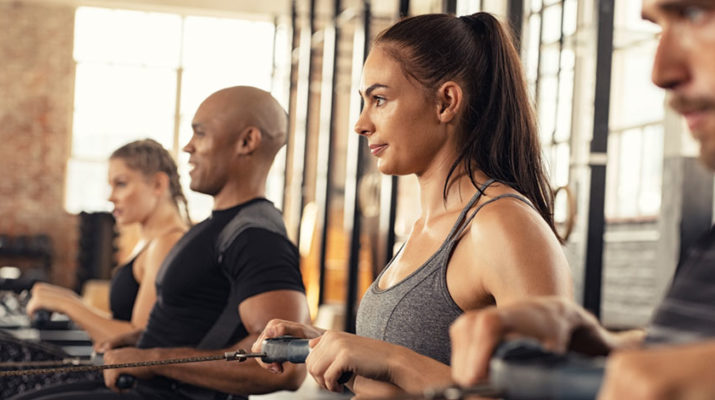By Deborah Jeanne Sergeant
Perhaps one of your New Year’s resolutions is to get fit. If so, check out the trends area experts predict as becoming more popular in 2020.
Karen Kemmis, doctor in physical therapy and a registered nurse, Upstate Medical University:
• “Some trends have great promise as far as increasing strength, endurance and flexibility. We have to work with them to make adjustments. One of my co-workers went to do CrossFit because so many clients came in and said they did Cross Fit. She signed up for a class not necessarily because people were injured. She signed up for a class of CrossFit to see what it’s about. It’s helpful for professionals to have exposure to these things if we’re going to give suggestions for adjustments.”
Rachel Macri, doctor of physical therapy, Crouse Hospital out-patient physical therapy:
• Burn boxing classes, like kick boxing. Those are popular and I assume that will continue. Boxing fitness is an excellent way to burn fat.
• “I don’t think people are as excited about CrossFitting. Eighty percent are injured within two weeks.
Carol Sames, Ph.D., director, Vitality Fitness program; associate professor, College of Health Professions, Institute for Human Performance, Upstate Medical University:
• “I believe wearable technology is still No. 1, as it has been for a number of years now. The technology is coming down in price, but has a lot of information.
• “When we look long-term at individuals and the amount of sedentary behavior they have, the more sedentary, the more health risk. If you look at people who meet the guidelines for physical activity but spend great periods of time sitting, the benefits of exercise aren’t so great. We must eliminate sedentary activity in people, even if it’s getting up to walk a few minutes every hour. We’ll see more airplay about this.
• “Fitness programs designed for older adults. Just from a financial standpoint, as older adults start to retire, they have the potential to have more disposable income and time. Baby boomers are interested in retirement years being rewarding. There are boutique gyms that have specific programs only for seniors or older women. You’re seeing at the YMCA. Just from the timing of the classes, like 10 in the morning or activities, like aquatic programming that’s not swimming. It’s good for individuals with chronic pain in the joints or if they’re concerned about falls on land.
• “The American College of Sports Medicine has a global initiative: exercise is medicine. The purpose is to get healthcare providers to include an assessment of physical activity every time you see a healthcare professional and provide referrals dependent upon the person’s needs. It may be just encouragement to walk 20 minutes a day, even if it’s walking in your home. When healthcare professionals strongly suggest to people they need to be active, that people will tend to at least listen to a healthcare provider, but when they get information and they provide a prescription that’s even more powerful. There are so many benefits to regular physical activity that don’t exist in pill form.
• “Yoga is still a big trend with different variations. We’re getting more people involved. Different ages.
• “Home exercise. It’s not for everyone. Some need that social interaction. I think that either for people who have a Difficult time in going someplace or they don’t want to drive to a facility or the nearest one is 20 miles away. That’s always a barrier.”

